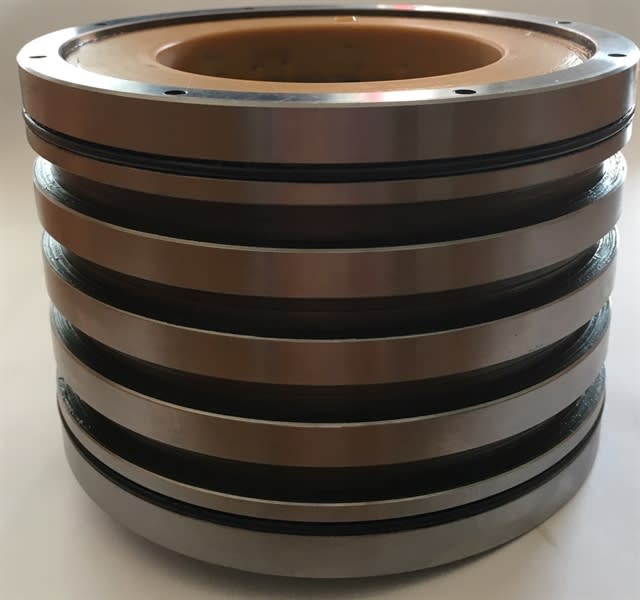RichBridge
Civil/Environmental
- Nov 1, 2006
- 7
I'm looking into preliminary designs using MSE bridge abutments and I have been gathering as much info as I can. I'm looking at using spread footings without piling for the bridge footings that a few feet back from the MSE wall face.
One thing that seems to be a design delimma is that the spread footing for the bridge is only a foot or so below top of soil at the front of the footing. If it were deeper, it would interfere with the MSE wall reinforcing. But because it's only one foot down, it's not nearly deep enough to be below the frost line. At the rear of the footing, it is below the frost line because of the depth of the superstructure.
Is not having the front of the spread footing below the frost line a concern? Does the quality of the fill for the MSE wall reduce the concern for frost heave? Because the back of the footing is well below the frost line, is the entire footing considered "good enough".
Any clarification or thoughts would be appreciated.
Thanks.




